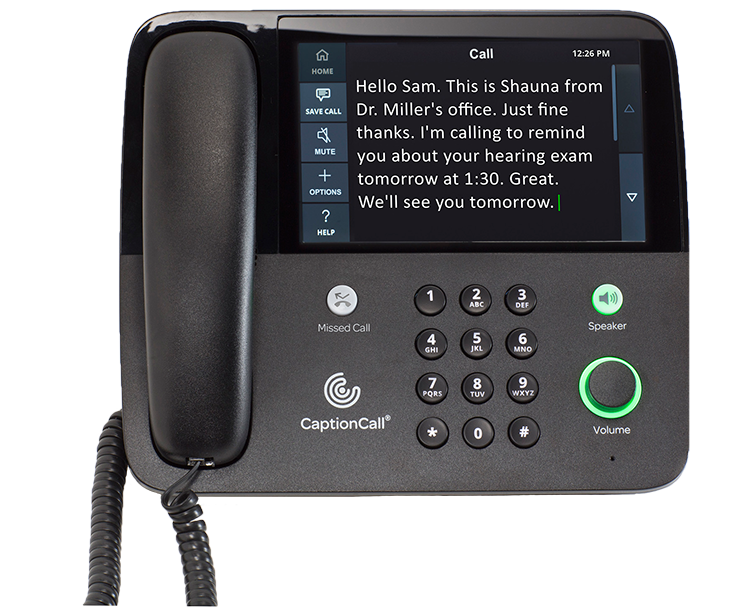By David Myers
With palpable excitement, 235 people from 11 countries converged on Washington, DC in late June for the culmination of the year-long Get in the Hearing Loop joint project of the Hearing Loss Association of America and the American Academy of Audiology.
The animating vision—in my mind, and seemingly for many others—is nothing short of doubling hearing instrument functionality, by enabling them to serve an important second function as customized, wireless loudspeakers.
In Scandinavia and the United Kingdom, this vision is fast being realized. Hearing loops, which magnetically transmit sound directly to hearing instruments with telecoils, are now in the back seats of all London taxis, at 11,500 post offices, at tens of thousands of ticket windows and service points, and in most places of worship that have PA systems.
So why not in the USA as well? Newer wireless technologies can connect us to our phones and TVs. But my home and office hearing loops already do that, and they also transform my hearing aids into wireless loudspeakers when I worship in virtually any place in my looped west Michigan community, when I hear lectures in the looped auditoriums of my college campus, and even when I want to hear the gate announcements in Michigan’s second largest airport.
A WISH LIST FOR WIRELESS ASSISTIVE TECHNOLOGY
What those of us with hearing loss who attended the hearing loop meeting wish for is a single wireless assistive technology that is:
- Simple (no pairing and charging of special extra equipment—just push a button).
- Affordable (hearing aid manufacturers pay $2, on average, for a telecoil).
- Available with most hearing instruments (telecoils now can fit in virtually all hearing aids, including some completely-in-the-canal devices, and are already in all new cochlear implants).
- Inconspicuous (providing an invisible hearing solution without receivers or headsets).
- Demanding little battery power (telecoils consume no battery power).
- Enabling simultaneous microphone use (with a mic + telecoil setting I can hear the phone ring or my wife talking, even as TV broadcasts through my in-the-ear loudspeakers).
- Covering both small and large areas with a universal signal (whether I’m in a looped Westminster Abbey, at a performing arts center in my city, or at one of New York City’s newly looped subway booths, the same magnetic signal works.)
Hearing loops—a classic technology now in modern forms—meet all these criteria, providing a single assistive solution. And they will do so for the foreseeable future, noted a Starkey engineer in one of the conference presentations. What’s more, as the conference exhibits and presentations demonstrated, new companies have formed to provide and market new hearing loop products and applications (see here).
Information about this “directly hearing aid-compatible” assistive listening has recently been featured in Scientific American, as a cover story in a major hearing trade magazine, as a major article for audio contractors, on NPR’s Science Friday (you can hear my interview with Ira Flatow here), as a Chicago Tribune front page story, and in other print media.
With support from hearing loss associations in Arizona, New Mexico, California, Florida, Michigan, and Wisconsin—all represented at the conference—grassroots efforts are now spreading this directly hearing aid-compatible assistive listening. See here for what the Wisconsin audiologist Juliette Sterkens, and those she has mobilized, have accomplished in their state.
Hearing loops address two huge problems with America’s assistive listening systems that require special equipment: First, the special equipment seldom gets used—“about once per month per theater,” a manager at my community’s biggest theater complex told me. Second, it isn’t feasible in transient venues, such as pharmacy counters, airports, and ticket booths.
DOUBLE THE VALUE OF HEARING AIDS
The Better Hearing Institute executive director, Sergei Kochkin, notes that only about one in four Americans with hearing loss has hearing aids. The surest way to decrease the stigma of hearing aids and to increase their use (making them for the ears as routine as glasses for the eyes) is to double their functionality. Kochkinenvisions a future with “miniaturized internal wireless receivers in every hearing aid.”
More and more of us who live with hearing loss share Kochkin’s vision. And so do increasing numbers of the professionals who support us. Together we say, let’s loop America!
David G. Myers, PhD, a social psychologist at Hope College, is author of A Quiet World: Living with Hearing Loss; the recipient of a 2011 American Academy of Audiology Presidential Award; and creator of the informational web site hearingloop.org. His latest articles advocating the use of hearing loops appeared in The Hearing Review and Technologies for Worship.








“Together, we say, let’s loop America!” And why stop there? Let’s loop Canada too!
Very frequent Juliëtte writes me about the hearing loops in buildings and churches!Her husband Max and she are very busy and enthousiast about the work
and the succes !
And Canada too!